VARIATION IN SPEECH BY ERIKA G.
by Erika Granados


1. Speech Community
1.1. People who speak a single language and share notions in phonology or grammar.
1.2. It is the abstract space which the patterned variations in selection from the available repertoire takes place.
2. Dialect Variations
2.1. Is the search for socially, spatially and geographically determined differences in various aspects of language.
2.2. PRINCIPLES
2.2.1. PHONETIC DRIFT: All languages change over time, as new words are added to deal with the new concepts.
2.2.2. People who communicate with each other tend to speak similarly.
3. Styles
3.1. Is related dimension of formality, marked specifically in morphological and lexical expression as being appropriate to specific social situations.
3.2. Is a unconscious accommodation because we automatically adjust our speech to be more like that of our interlocutor or audience design.
3.3. This is in opposition to normativism.
4. In Sociolinguistics, variation in speech are language practices of a group of people for interact and share a repertoire of languages varieties and a set of norms for using them.
5. Special Variety (Register)
5.1. Marked by a special set of vocabulary associated with defined social group.
5.2. JARGON: It serves to establish bonds between members of the ingroup and enforce boundaries for outsiders.
6. Domains
6.1. These are named usually for a place or an activity.
6.2. Characteristics
6.2.1. Place: Home
6.2.2. Role relationships: Family members
6.2.3. Topic: Activities of family
6.3. Multilingual Communities
6.3.1. Different languages may well be considered appropriate for different domains.
